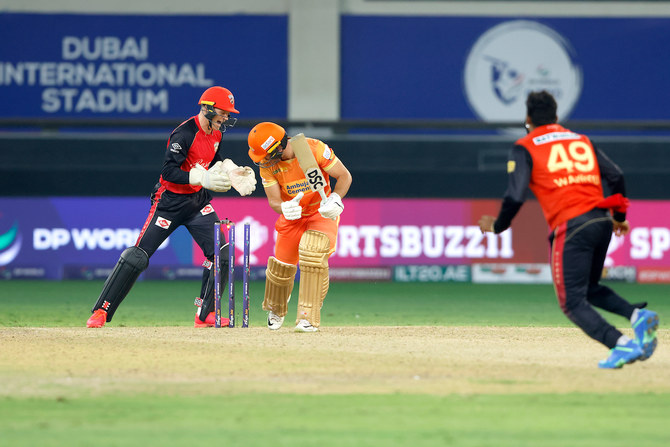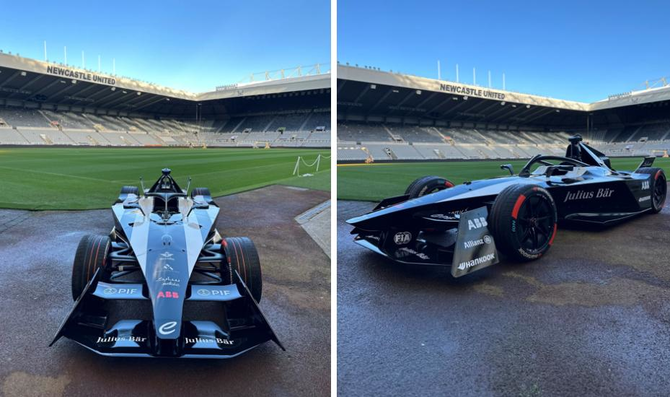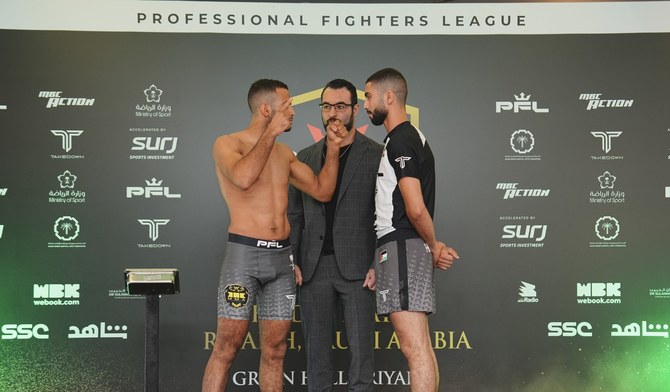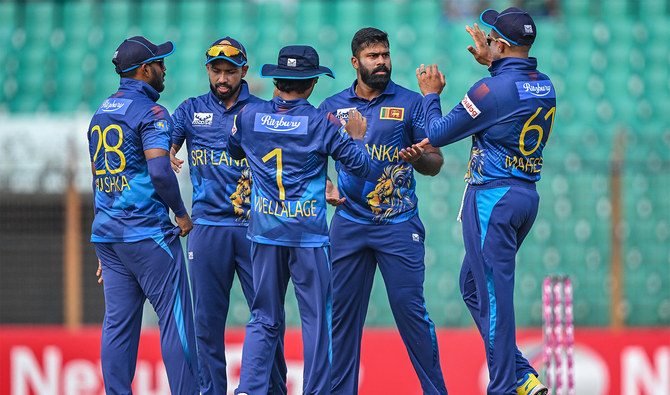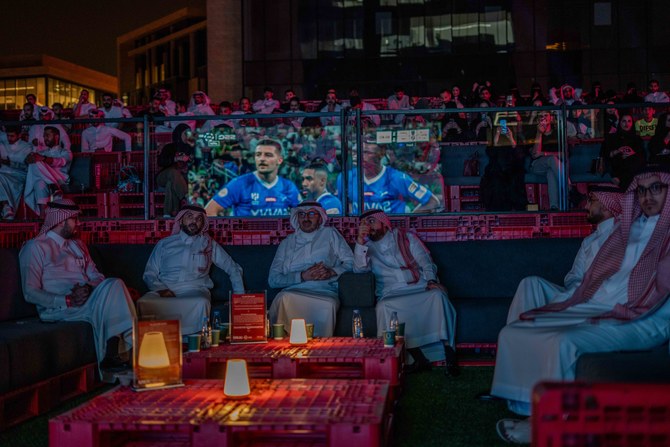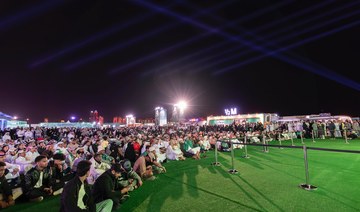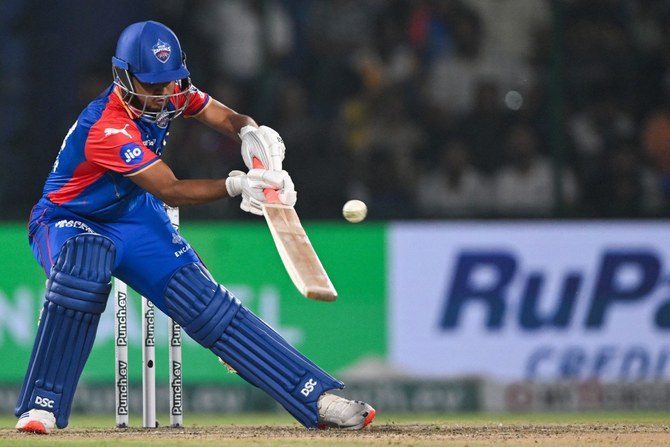In the brutal world of T20 franchise cricket, finishing top of the table after the round robin stage does not guarantee a place in the final.
The Gulf Giants finished top but had to play second-placed team, Desert Vipers, in the first qualifier, the winner of which would go straight through to the final.
In their 10 matches, the Gulf Giants had lost only one match, won seven and had two abandoned by rain. The Desert Vipers won seven of their 10 games and lost three, two of which were to the Gulf Giants, both at Dubai. The portents seemed to be with the Giants, who won the toss and chose to bowl.
Rohan Mustafa adopted his normal aggressive approach, striking Sanchit Sharma for two towering sixes through mid-wicket and behind square leg. Another six for Mustafa took the score to 28 after three overs, the high scoring Hales being very quiet by comparison.
Mustafa’s early charge was halted by the first ball of David Wiese’s first over which was drilled straight to mid-on to be expertly caught low down by Chris Jordan. Two more wickets fell quickly. Hales, trying to give himself space to force Brathwaite through the offside, was undone by a ball which moved in to hit the top of leg stump. Munro attempted to take on Jordan but got an edge so thick that the ball spiraled to a great height before the wicketkeeper safely caught it. At 36 for three after six overs, the Vipers were in trouble.
Sam Billings and Wanindu Hasaranga set out to rebuild the innings, before resuming attacking intent, taking the score to 93 for four in the 12th over when Hasaranga was out. The Vipers’ scoring rate was not high enough and, when Sherfane Rutherford, in taking a quick single, pulled up in obvious distress with what looked to be a pulled hamstring, their cause looked to have suffered a fatal blow. Rutherford received lengthy treatment before being carried off, seemingly to take no further part in the game.
The Giants continued to squeeze the run rate. When Luke Wood was sixth out at 126 after 16.3 overs, there was widespread shock to see Rutherford hobbling out to the wicket. He smashed his first ball for four, the second for six and then a single, limping up the pitch. On occasions such as this, the lawmakers’ decision in 2011 to disallow another player from acting as a runner for an injured batsman seems to lack common sense.
David Wiese returned to bowl, spreading the field deep behind him in front of the pavilion. Rutherford pummeled the second ball for six over long on into the first tier. Then, he lined Wiese up to punch over long off for six, followed by another six straight and hobbled single. Cricket can be a great leveler. Wiese took five for 20 in his previous match. Here he went for 20 in a single over, taking the score to 157 for six off 18 overs. Tom Curran took over the scoring mantle, reaching 29 in a total of 78, which looked unlikely until Rutherford’s courageous blitz.
James Vince and Chris Lynn slowly got into their stride. At 53 for no loss after six overs, they were set fair. This changed with the introduction of Hasaranga. His first ball, a googly, bowled Lynn. Curran then bowled Vince with a ball of perfect line and length and a hint of movement, a key wicket. Shimron Hetmyer gave a difficult, early chance to slip before over number 10, bowled by Hasaranga, who further served up two lbw appeals. The first, against Grandhomme, was rejected but given out on appeal. The second, against Wiese, was given out, confirmed on appeal.
Hetmyer decided to attack, especially against Hasaranga, bludgeoning three sixes over the legside boundary to push the score to 100 after 13 overs. Trying to repeat the shot against Curran, he was very well caught on the square leg boundary. Despite some valiant shots from the remaining batters, the target proved to be too much, the Giants dismissed for 159, 19 runs short.
There can be little doubt that without Rutherford’s madcap resumption of his innings, the Giants would not have needed to score those 19 runs. Even that innings was not enough to win the Player of the Match award, which went to Tom Curran for his 29 runs and four wickets for 31 runs, a genuine all-round performance.



